Revisiting memorable cycling moments from Olympic history
As we enjoy the action from Paris, Chris Sidwells looks back on cycling’s biggest Olympic moments
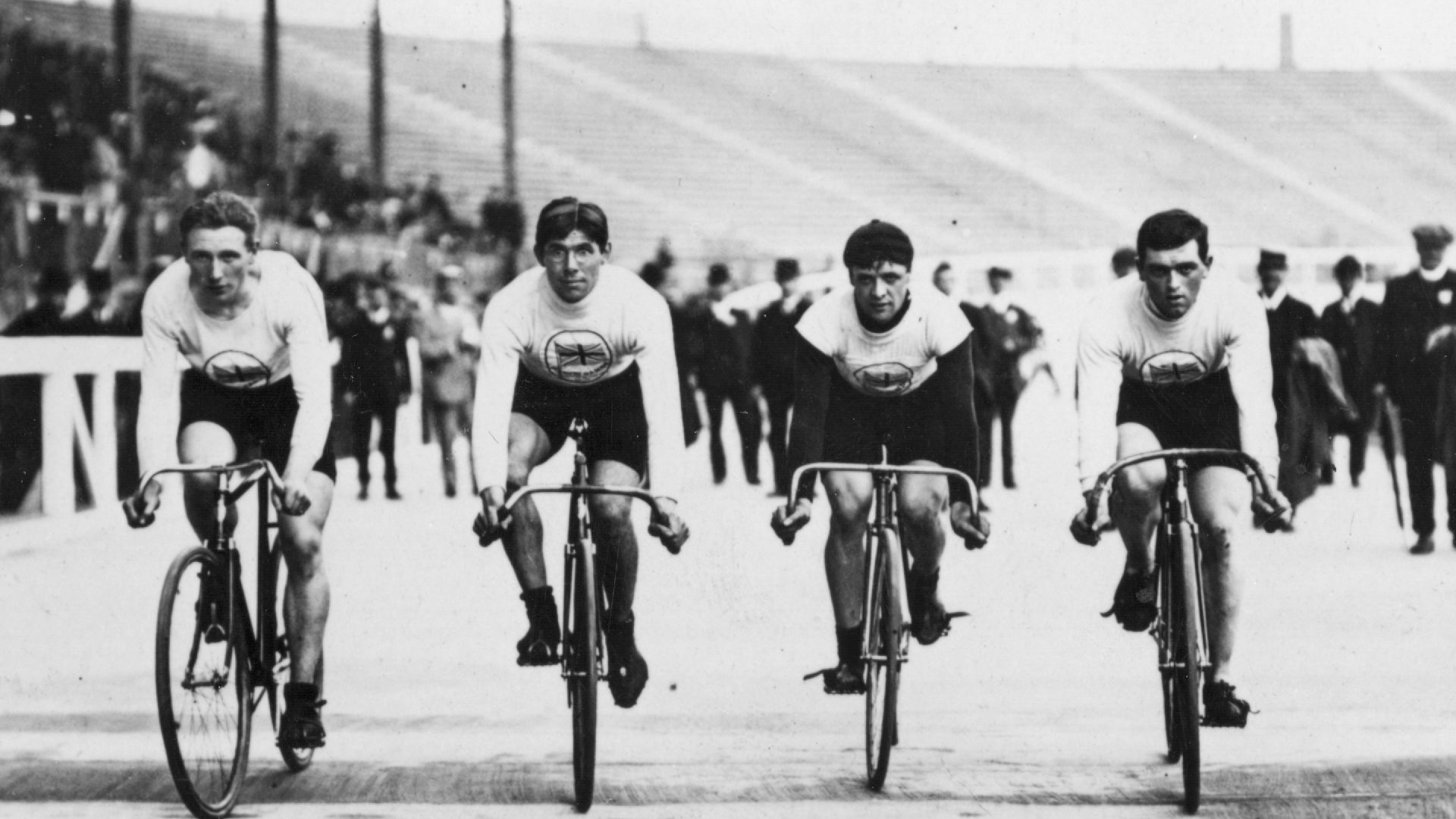
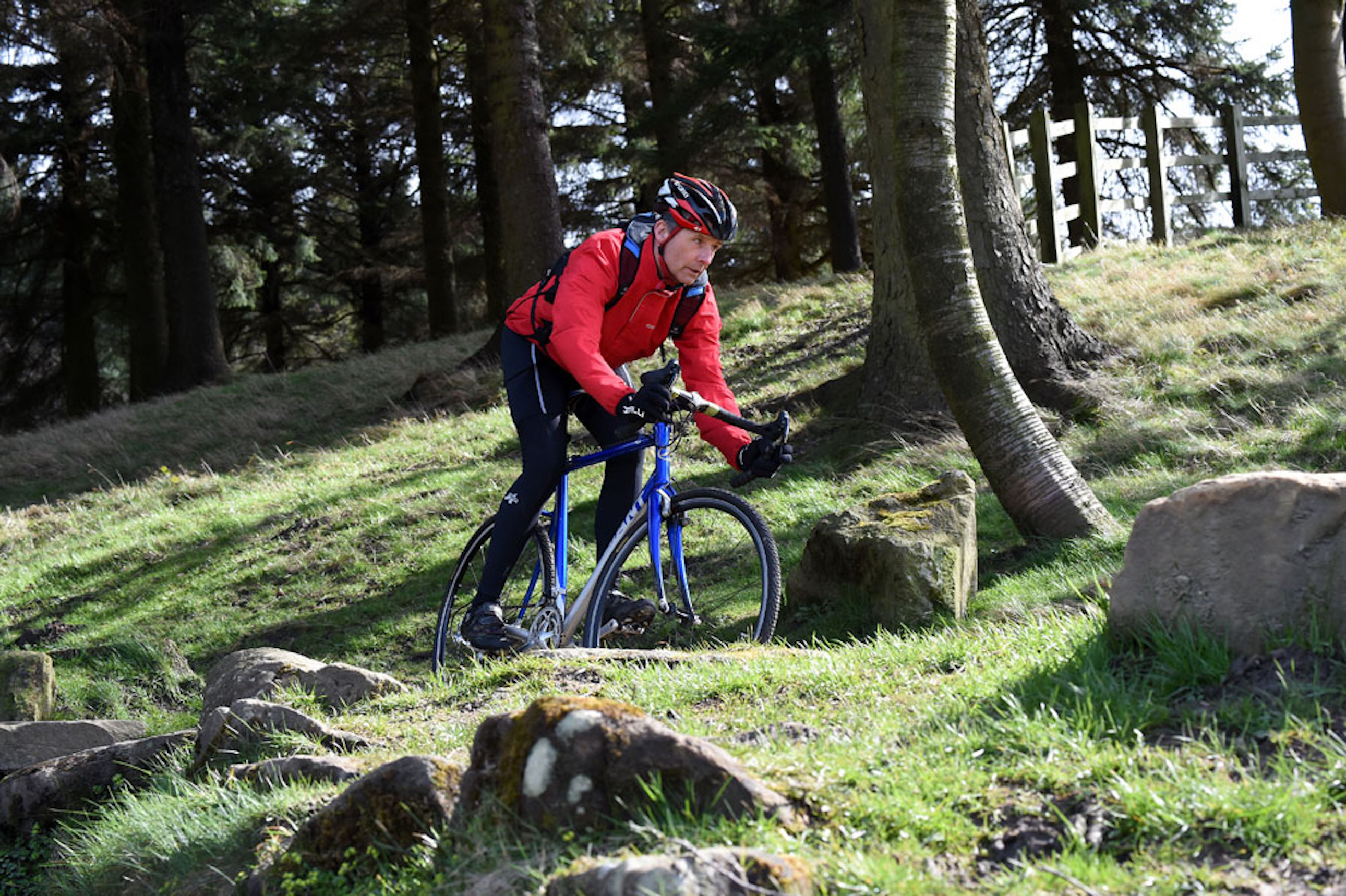
Cycling has been part of the Olympics since the modern Games began in 1896. As we lap up the action from Paris 2024 (see our guide on how to watch the Games, here), let’s take a trip back in time to remember the biggest stories and most astonishing moments in Olympic cycling, from the earliest edition to Britain’s golden Games of 2012.
The early Olympics, 1896-1932
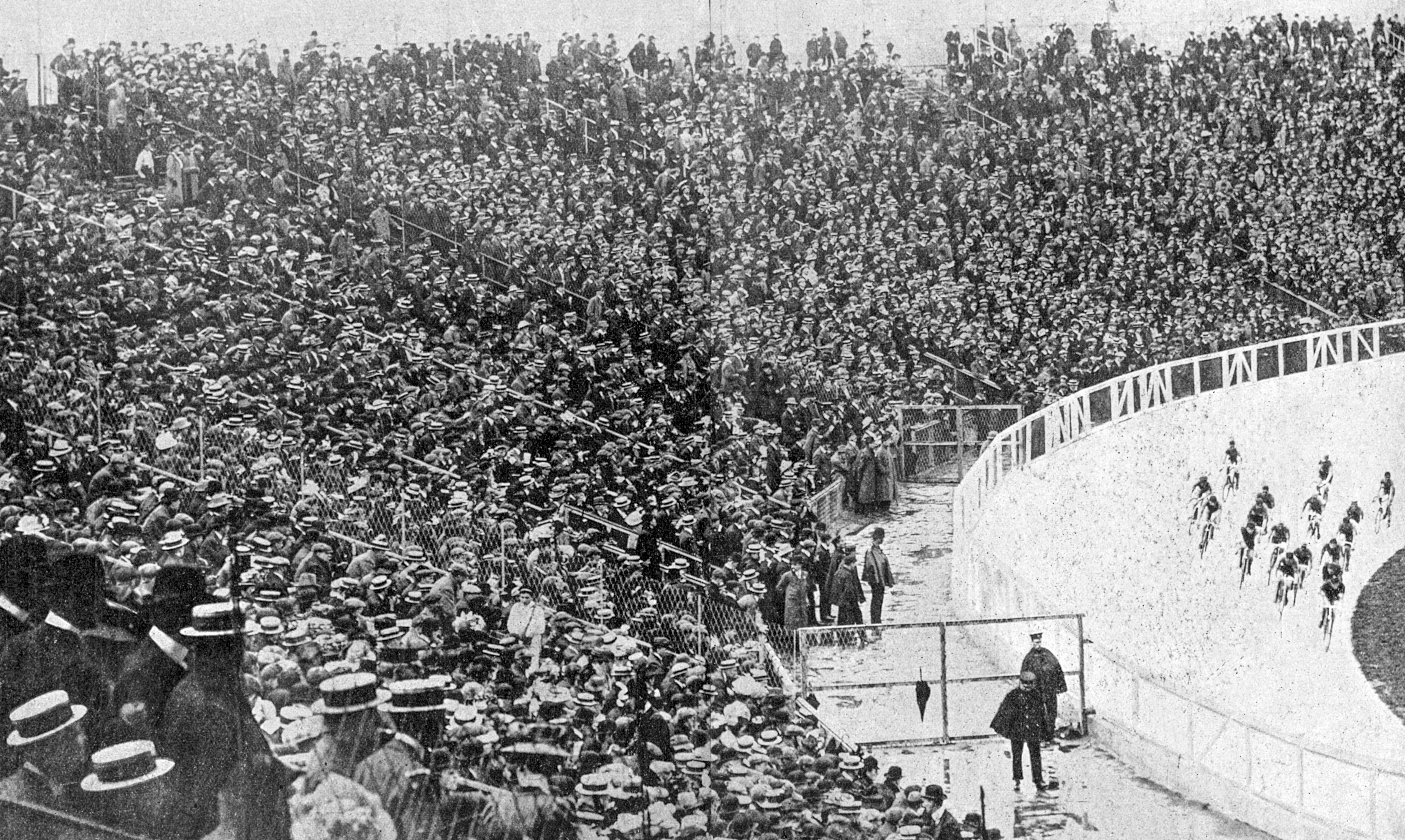
Riders contest the 100km track race at the 1908 London Olympics
Heroes are constructs of Greek mythology, and cycling has often been described as a heroic sport, so what a beautiful coincidence that the cycling hero of the first modern Olympic Games – Athens 1896 – was Greek. Aristidis Konstantinidis won the road race, which went from Athens to Marathon, the route of the original marathon run. The roads were in terrible condition, and Konstantidinis crashed so many times that his bike fell apart – he had to borrow one from a spectator to get to the finish.
After that carnage, Olympic cycling was track-only for the subsequent three editions: Paris 1900, St Louis 1904 and London 1908. The latter produced the most bizarre result in cycling history. There were four finalists in the 1,000m track sprint at the White City Stadium, but two punctured on grit washed onto the track after heavy rain, and Maurice Schilles of France eventually beat the British rider Benjamin Jones – the emphasis on ‘eventually’ because both riders played the final so tactically that they exceeded the time limit for the event and were disqualified. No medals were awarded.
Road racing returned in 1912 for the Stockholm Olympics, but as a time trial on a single-loop course of 199 miles (320km). A South African gold miner, Rudolph Lewis, won in a time of 10 hours, 42 minutes, 39 seconds. Not bad going, actually. The Olympic road race was reduced in length after Stockholm, and by 1928 in Amsterdam it was a mere 103 miles (168km), though that was long enough for some trickery.
After 50km, Denmark’s Harry Hansen led Frank Southall of Great Britain by 34 seconds. But 34km later Hansen had gained seven minutes on Southall, even though the Brit had sustained his pace. Hansen’s ultimate winning margin was eight-and-a-half minutes. Despite an objection by British officials, who suspected Hansen of having taken a shortcut, the Dane was given the gold and Southall silver.
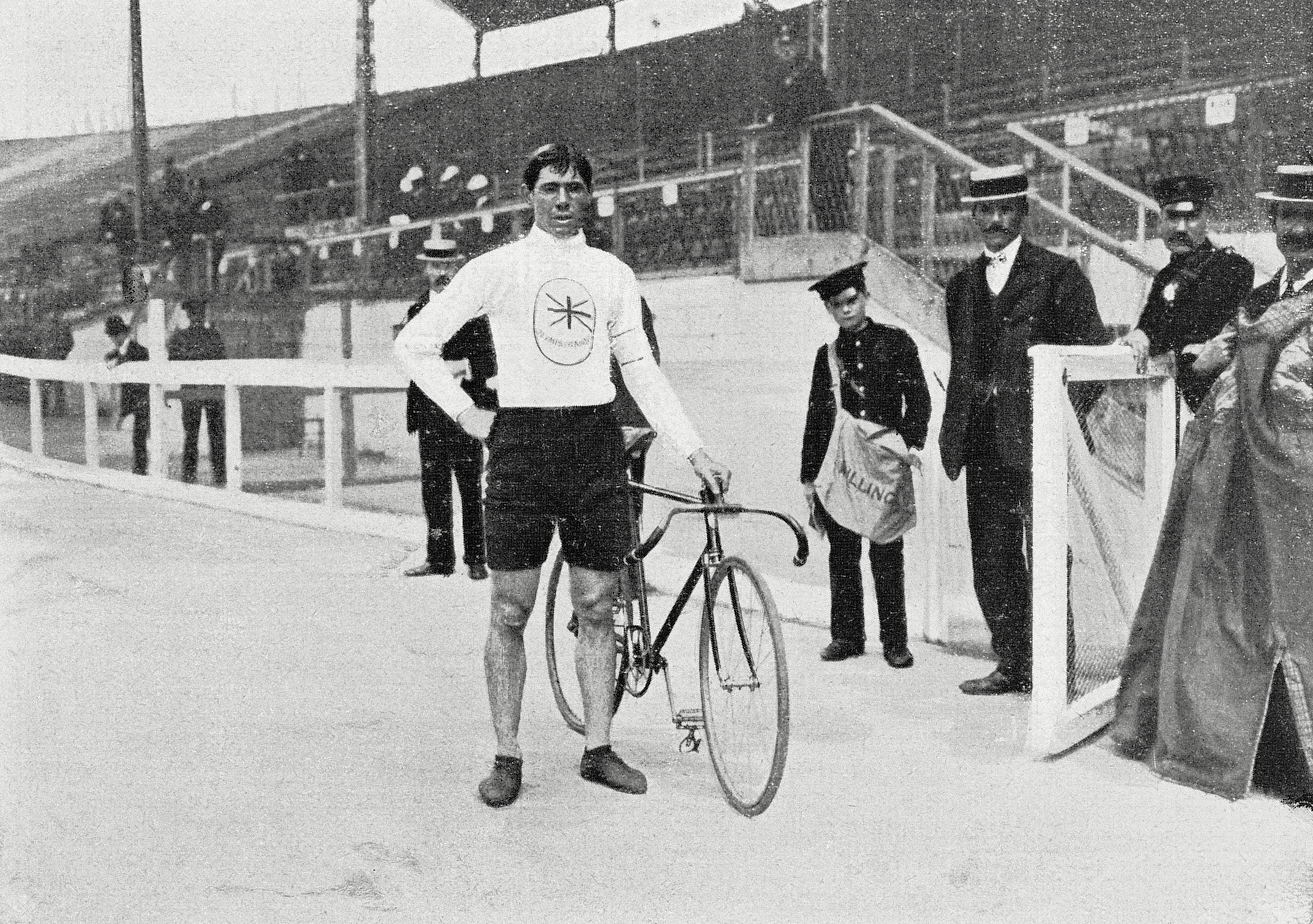
London 1908, gold in the 660-yard track event, Leonard Meredith
The War Games, 1936-1948
There were two Olympics either side of World War Two, the first in Berlin amid increasing tensions in Europe. The road race returned to a bunch format, and it proved difficult for British riders whose only racing experience at home was time trials. Britain won no medals, but returned with a memorable anecdote. Training near Berlin, Charles Holland saw a crowd of people standing on a bridge above an autobahn. When he stopped to see what they were looking at, a huge motorcade passed beneath the bridge. In the middle of it, sitting in a big open- topped car, was Adolf Hitler. Recalling that day in an interview a few years later, Holland remarked: “I could have prevented the Second World War right then if I’d had a bomb to drop into Hitler’s lap.”
The 1948 London Games were meant to be the Harris Olympics: GB’s Reg Harris was the fastest sprinter in the world. He had survived being blown up in a tank in north Africa, won the 1947 amateur sprint world title and was just about unbeatable. He could have turned professional straight away and earned good money, but was persuaded to delay it so he could go for gold in London. Unfortunately, shortly before the Games he fractured two vertebrae in a car crash, then fractured his elbow in a racing fall. Nonetheless, he still took two silver medals, in the individual and the tandem sprints.
Get The Leadout Newsletter
The latest race content, interviews, features, reviews and expert buying guides, direct to your inbox!
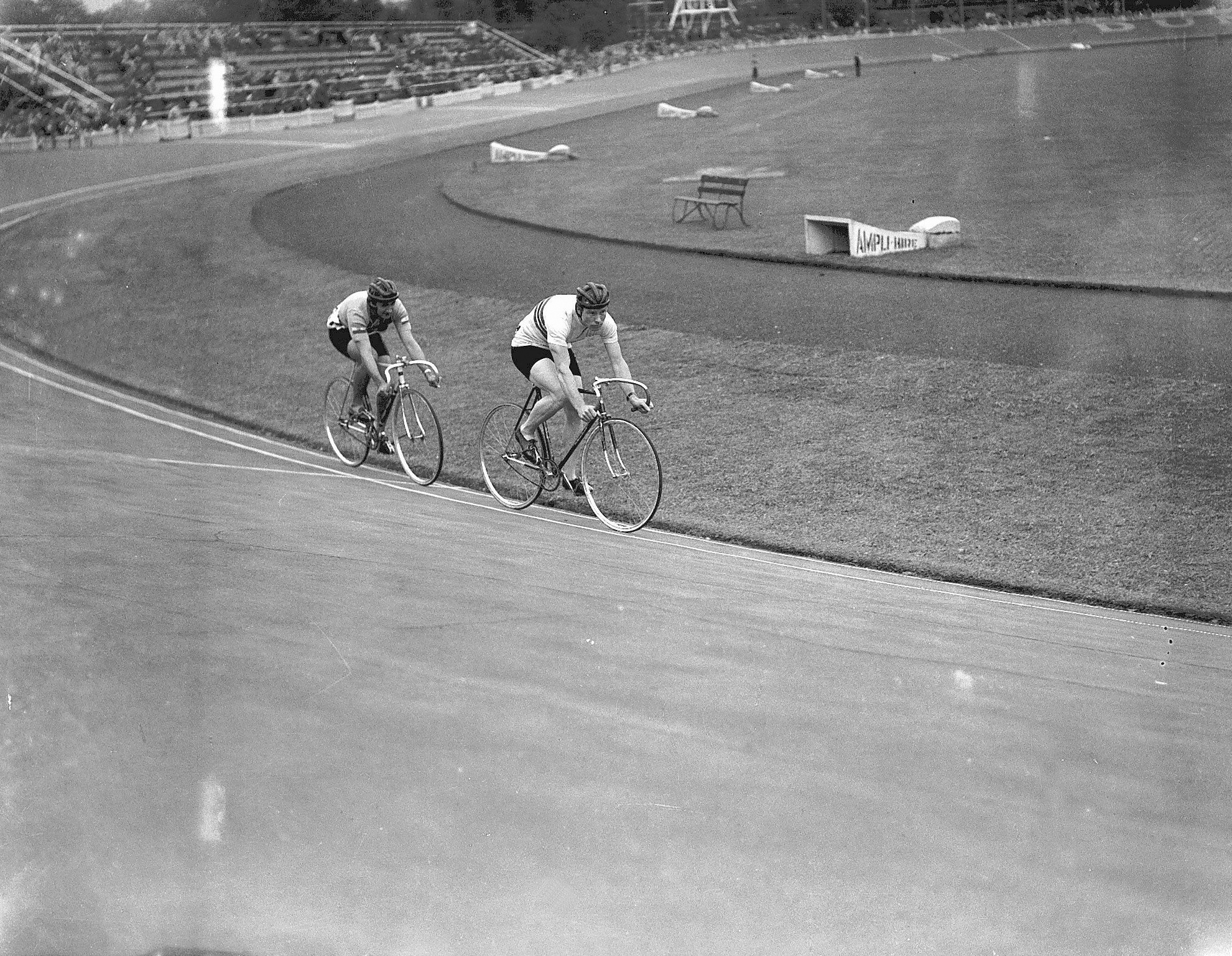
London 1948, Reg Harris leads out on Herne Hill track in the sprint competition
The Rock and Roll years
Tandem sprinting was part of the Olympics from 1920 until 1972, and in 1952 it was one of two gold medals, the other being the 1,000m time trial (the kilo), won by Russell Mockridge of Australia. Mockridge was an incredible rider who later won the Paris six-day race and finished 60th in the 1955 Tour de France. His life ended tragically in 1958 at the age of 30, when he was hit by a bus while on a training ride. Mockridge’s book, My World on Wheels, is a classic of the genre.
Ercole Baldini was the star of the 1956 Melbourne Olympics. He was the individual pursuit world champion that year, and set a new outright World Hour record before the Games. Despite not being an experienced road rider, he still won by two minutes.
Olympic cycling history was made in 1968 at the Mexico City Games when four Swedish brothers, Gösta, Sture, Erik and Tomas Petterson took the silver medal in the 100km team time trial. They also won three consecutive world titles at the event from 1968 to 1970.
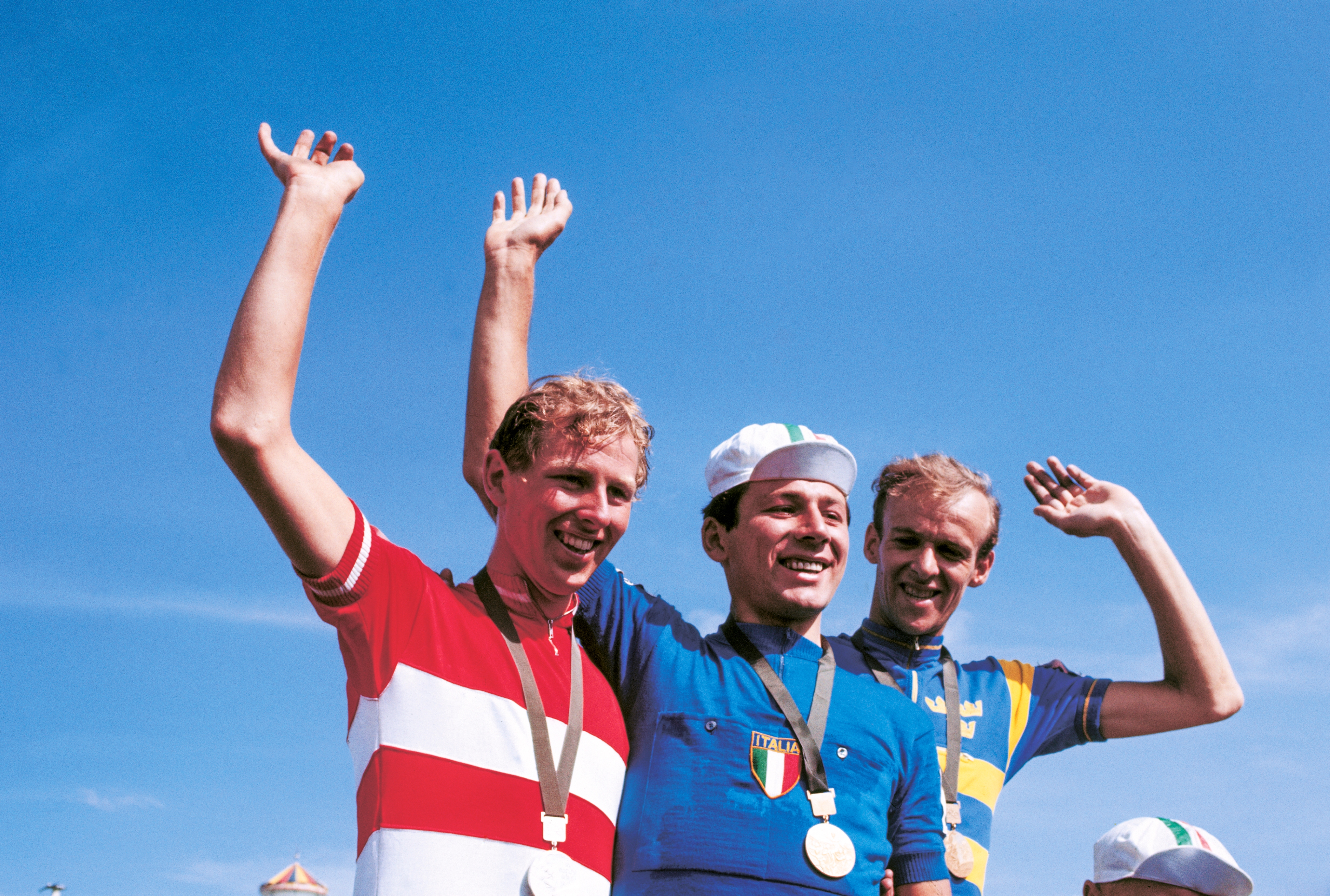
RR podium at Mexico 1968 (l to r): Mortensen, Vianelli, G. Petterson
Modernising the Olympics, 1972-1988
The Olympic Games evolved rapidly during the Seventies and Eighties. There was a shift in mindset, both in athletes and the organisers, as the Olympics moved from amateur-only to allowing professionals to compete from the mid-1980s onwards. Before that, many cyclists from western Europe, particularly road cyclists from the traditional nations of France, Italy, Spain and Belgium, regarded Olympic medals as bargaining chips for good professional contracts. There’s no better example than that of Dutchman Hennie Kuiper, winner of the 1972 Olympic road race in Munich.
“The first thing my team manager said to me after I won was, ‘Hennie, this is the start of big things for you. With this medal, you can get a good contract with a pro team, and next year you will be in the big races like the Tour de France.’ And yeah, that’s what I thought too at that time,” Kuiper says. “Now, though, I’m proud of my Olympic gold medal. It means far more to me today than it did in 1972.”
The Montreal Games in 1976 were right at the beginning of an aerodynamics revolution in cycling, although Olympic officials weren’t quite in step with it. West Germany dominated the team pursuit in those days, winning four out of the previous five world titles. They did it through good training methods and having an eye on technology. In 1976 they took one-piece silk skinsuits to Montreal, but the Olympic officials banned them, saying they gave the team an unfair advantage.
That changed for the 1980 Olympics in Moscow, and in 1984 there were even bigger changes. It’s quite unbelievable now, but until then there were no races for women in the Olympic cycling programme. Los Angeles 1984 saw the introduction of a road race for women, won by Connie Carpenter-Phinney of the USA. Astonishingly, it was another 28 years before women had event parity in Olympic cycling.
Seoul 1988 saw two cycling events for women: a road race won by Monique Knol of the Netherlands, and a track sprint in which the silver medalist scored a unique Olympic double. Christi Luding-Rothenburger won gold and silver medals at the 1988 winter Games in Calgary, before switching to cycling for her summer training and becoming the first person to win medals in two Olympic sports in the same year.
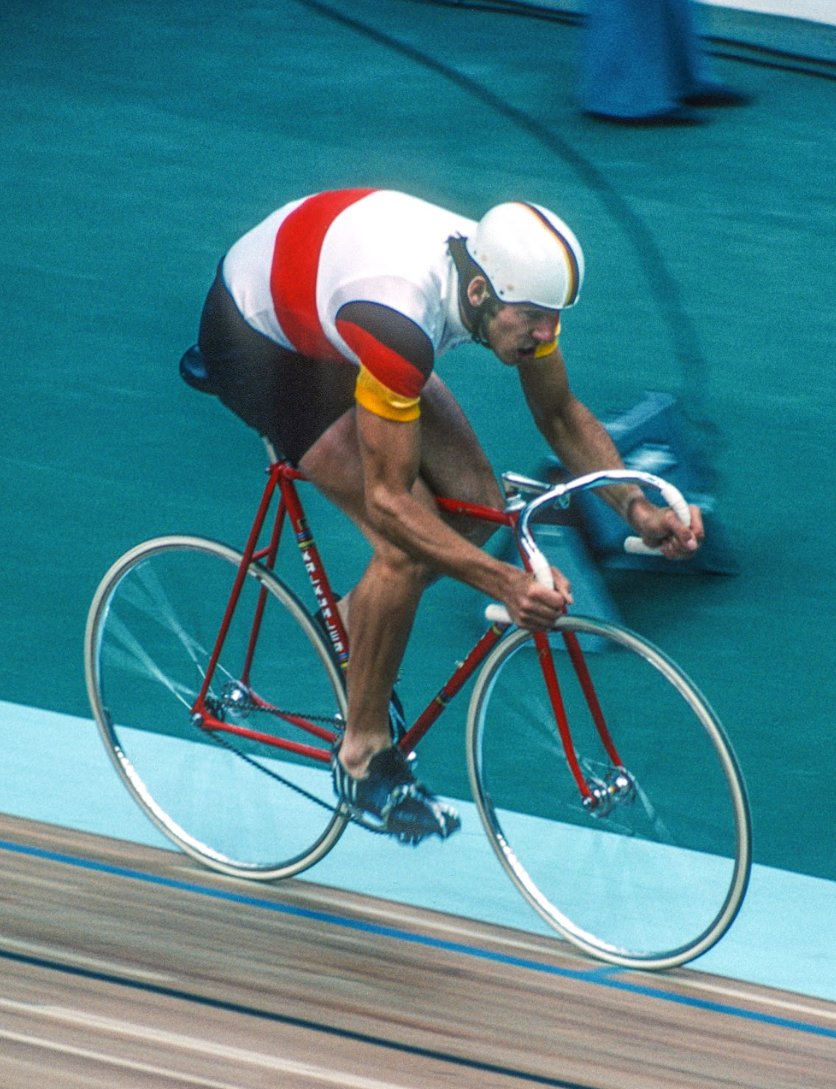
Montreal 1976, German Gregor Braun won gold in the individual pursuit
128 years of speed gains
How much faster are cyclists now compared to the early Olympics? Since 1920 the men’s team pursuit has taken place over the same distance, with largely the same rules – making it perfect for tracking the evolution in speed
Our analysis starts in 1920 at the Antwerp Olympics, when the team pursuit was raced over 4,000m, just as it has been ever since – so let’s look at the winning time from each year’s final, the ride-off for gold and silver. The winner of the 1920 team pursuit Olympic final was Great Britain in a time of five minutes, 14 seconds. That was improved in 1928 when Italy recorded five minutes, one second.
The five-minute barrier – or 30mph – was broken in 1932, by Italy again, in a time of four minutes, 52 seconds. France went faster still in 1936 with four minutes, 45 seconds.The improvements were most likely due to increased training knowledge. There was an apparent step back in 1948 in London, where the winners, France again, did four minutes, 57 seconds. The 333m track used in Melbourne in 1956 might have helped in France’s lowering the winning time to four minutes, 37 seconds; and the Rome track must have helped in 1960 as the home team, Italy, won in four minutes, 30 seconds.
The next big increase in speed in 1968 – four minutes, 22 seconds, by Denmark – owed much to the altitude of Mexico City. Then the aero arms race began, with Russia winning in Moscow in 1980 with a time of four minutes, 15 seconds, wearing Lycra skinsuits. By 1988 in Seoul, where Russia won again, in four minutes, 13 seconds, they were riding ‘low-pro’ bikes with double disc wheels and wearing aero helmets, as well as improved skinsuits. Aero improvements snowballed after Seoul, and Germany won in Barcelona with four minutes, eight seconds, then broke the four-minute barrier in 2000, winning gold in Sydney. Australia went a second faster in 2004 to record a final-winning time of three minutes, 58 seconds.
Team GB broke the record in 2008 and then lowered it again to three minutes, 50 seconds in Rio de Janeiro in 2016. But now the world had caught up. Every nation now spends everything it can on researching and improving aerodynamics. In Tokyo 2020, Italy won the team pursuit in three minutes, 42 seconds – just shy of 65kph (40.3mph) – an improvement of 92 seconds in exactly 100 years. How fast will they be going in 2124?
The technological revolution,1992-2004
British cyclists have won more Olympic medals than any other nation, and the vast majority of those medals were won from 2008 onwards. The groundwork for this cascade of gold, silver and bronze started in 1992 when Chris Boardman won the individual pursuit in Barcelona. Boardman dominated, and attracted attention from the British press not just because of his medal – the first British cycling gold for 72 years – but because of his radical Lotus bike.
Boardman’s success had more to do with his training, working with sports scientist Peter Keen. “Peter stripped away the myths of cycling and focused on proven facts of physiology, and that appealed to me,” Boardman says. “When British Cycling appointed Peter as its full-time head coach, he implemented what he’d done with me on a wider scale by adopting a business plan for sport. That plan was the catalyst for all the success we’ve had since,” Boardman says.
Another revolution happened in Atlanta in 1996 when the Olympics became fully open to professionals, and the men’s TT was won by Spain’s five-time Tour de France winner Miguel Indurain. Atlanta also saw mountain bike racing make its Olympic debut.
Team GB picked up Boardman’s golden thread at the 2000 Sydney Olympics with one of the biggest surprises of the Games. Jason Queally, a former water polo player who started cycling at the age of 25 and found a talent for sprinting, won gold in the 1,000m time trial. Meanwhile the sprinters took a silver medal in the team sprint.
British domination, 2008-2020
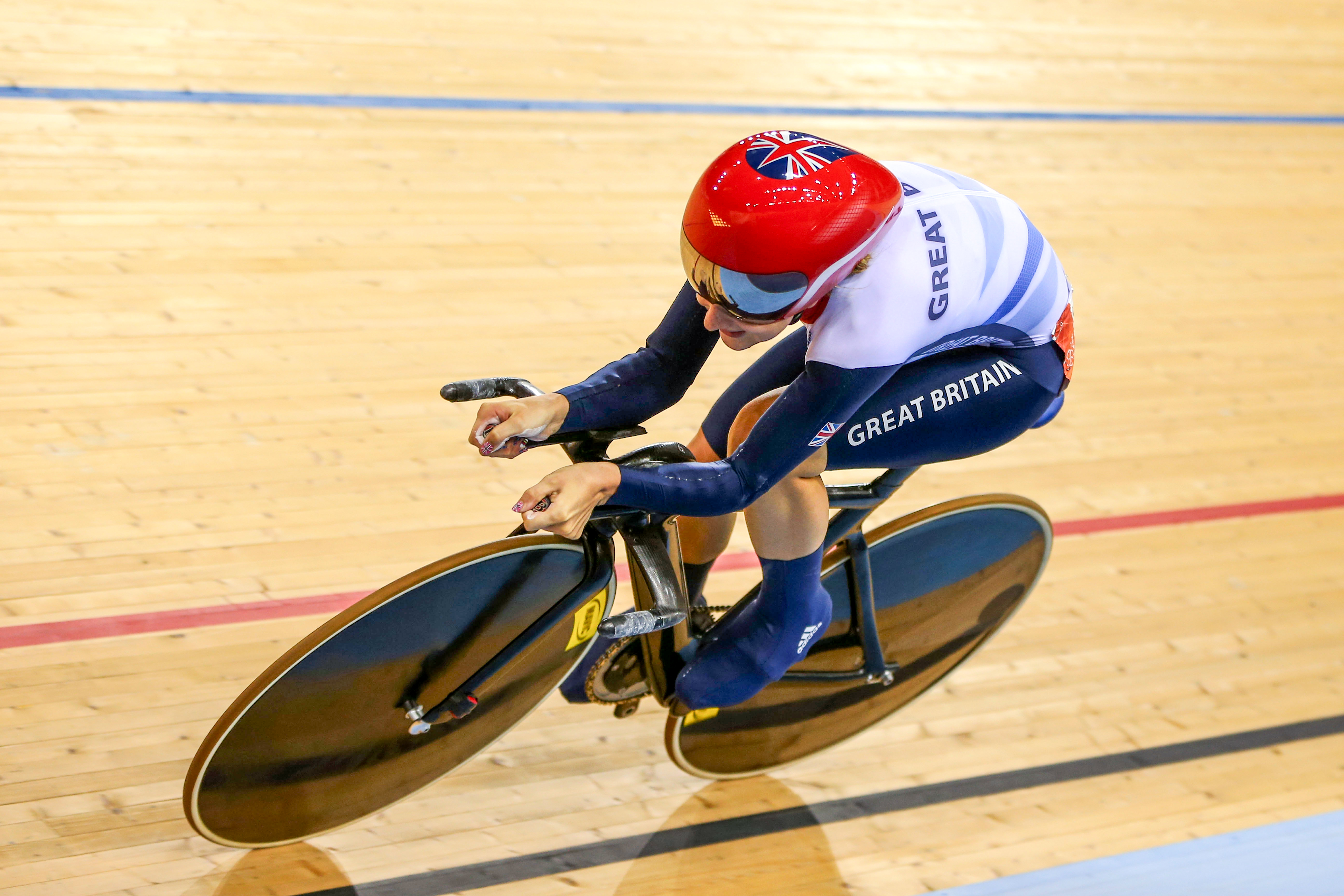
London 2012, Laura Kenny (née Trott) on her way to the omnium gold
It started in the rain on the road, with Nicole Cooke’s fabulous gold medal at the Beijing Olympics in 2008, and continued with a gold medal almost every day on the track. Chris Hoy won three sprint golds, one of the greatest achievements in British sport. There were many fabulous performances in Beijing, but none more stylish than Fabian Cancellara’s gold in the men’s time trial, sealing his status as the best male time triallist of his generation.
Team GB did even better at London 2012. Bradley Wiggins was on his lifetime best form, and 2012 was his year – as the first British winner of the Tour de France, he was not just a cyclist, but a national celebrity. He had grown up in London, and winning the time trial on the streets of the capital sent his popularity soaring.
After that, every British team member felt they had to win gold, but none fought harder or had such a nail-biter as Laura Kenny. Going into the final round, the 500m time trial, she not only had to beat the competition leader, Sarah Harmer, but beat her by two places. She did, and her 35.110 seconds was an Olympic record. Kenny’s husband Jason took the family haul to four golds in the same Games when he took the sprint final against Grégory Baugé of France in two straight rides.
“I was there to do a job, we all were,” Jason Kenny says. “You just get your head down and do it. You don’t feel the atmosphere, you just focus on what you are doing, every step of it. You are in this bubble of the team and too busy to take anything else in.”
Britain finished with eight golds, two silvers and two bronze medals – 12 in total, a tally matched in Rio 2016. Can we do better? The action continues in Paris.

Thank you for reading 20 articles this month* Join now for unlimited access
Enjoy your first month for just £1 / $1 / €1
*Read 5 free articles per month without a subscription

Join now for unlimited access
Try first month for just £1 / $1 / €1

Chris has written thousands of articles for magazines, newspapers and websites throughout the world. He’s written 25 books about all aspects of cycling in multiple editions and translations into at least 25
different languages. He’s currently building his own publishing business with Cycling Legends Books, Cycling Legends Events, cyclinglegends.co.uk, and the Cycling Legends Podcast
-
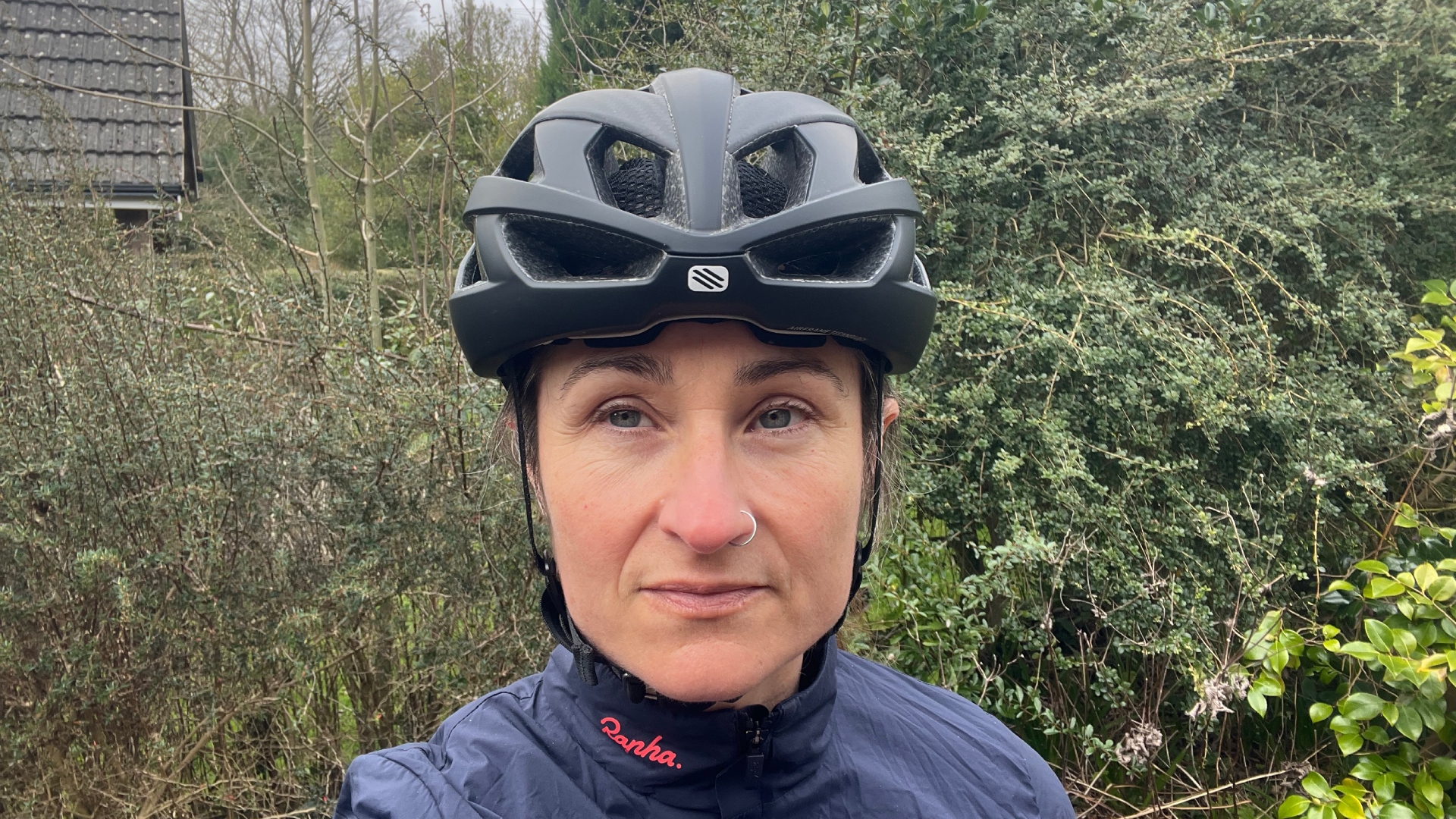 Rudy Project Rebel bike helmet review
Rudy Project Rebel bike helmet reviewRebelling against the solid shell oversized helmet fashion, the Rudy Project Rebel goes big on ventilation and breathability, but there is a weight penalty
By Hannah Bussey Published
-
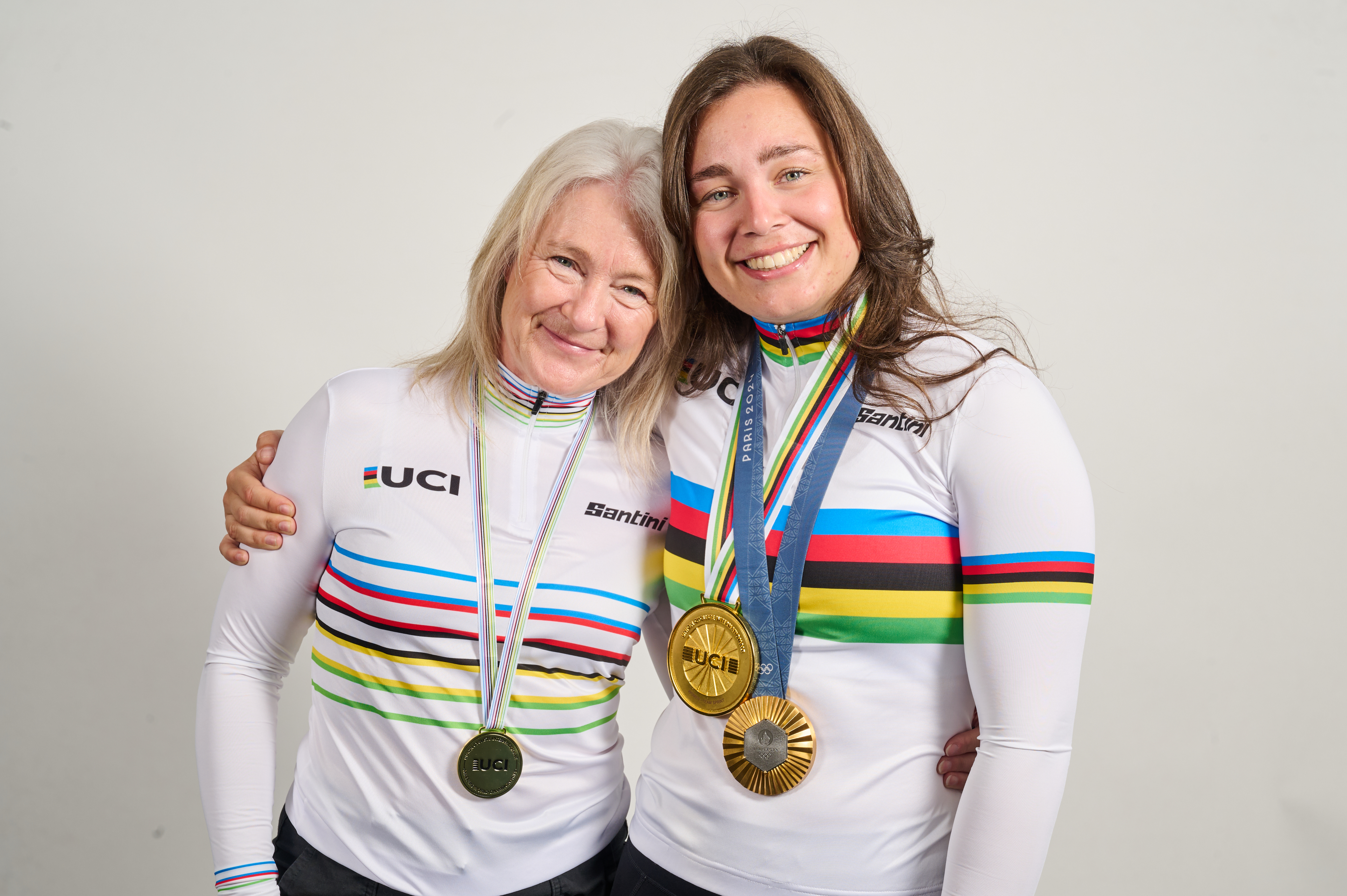 'I wanted to be world and Olympic champion – my parents made me feel that it was possible': Meet Sophie Capewell and her gold medal-winning mum
'I wanted to be world and Olympic champion – my parents made me feel that it was possible': Meet Sophie Capewell and her gold medal-winning mumSome mothers and daughters make memories together. The world-beating Capewells make history too. Tom Davidson meets the extraordinary duo
By Tom Davidson Published